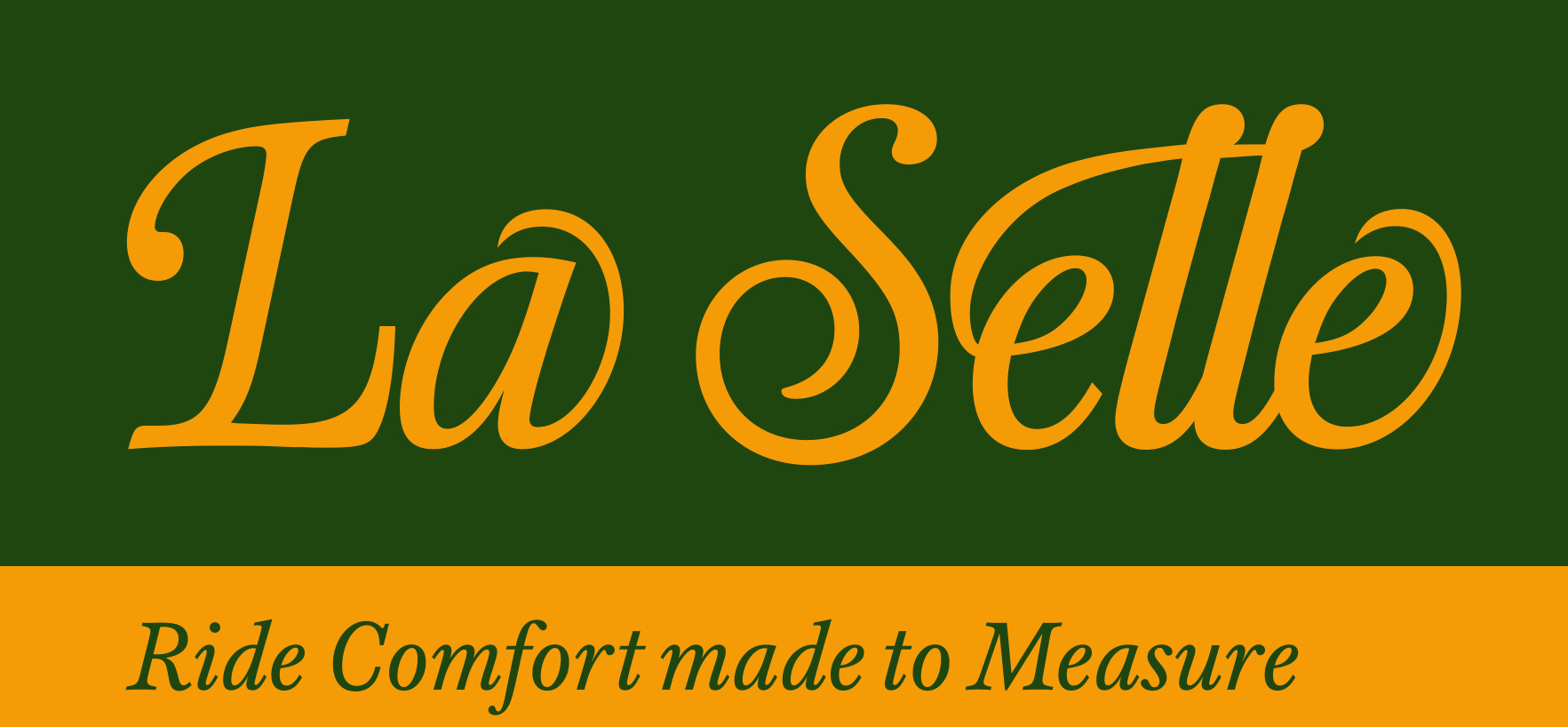Here you will find many interesting topics on horseback and saddle!

Increasing the engagement of the back by using La Selle saddles
What exactly is the engagement of the back from a biodynamic perspective?
The engagement of the back doesn’t only describe the perceptible and visible movement of the horse’s back during training. It is the key factor for reaching the more advanced lessons in riding. It’s your responsibility as a rider to preserve an elastic back! Let’s have a look at the path to unrestricted engagement under the saddle:
At the beginning of any kind of sound training, balance, suppleness and shape should be the primary goals. Once the horse has learnt to stretch forward-downward, you can continue to school it using gymnastic exercises like shoulder-in or haunches-in. These lateral movements will teach the horse to step towards its centre of gravity and train the hind legs to carry more of the horse’s weight. This is necessary because horses are flight animals and by nature, they are rather equipped with the ability to thrust than to carry.
Therefore, the rider needs to develop the horse’s carrying power. Only when the horse is constantly supple, it is time to think about rhythm and tempo of the gait. You can recognize the throughness of the horse when the hind feet swing further beneath the body instead of pushing out behind.
A supple horse will move in the requested shape without you having to drive all the time. The last training step is then to develop impulsion.
Only after having trained those prerequisites, you can start working on the tempo. So from time to time, you can ask your horse to stretch forward-downward (extending the frame) while extending the length of the steps. Or you can ask it to raise the forehand (shortening the frame) and it will collect, taking shorter steps while engaging the hindquarters.
Then there’s rhythm – extending exercises require a slower, collecting exercises a higher rhythm. And then you add impulsion. Unfortunately, people often confuse it with tension. Wrong impulsion will trigger diseases because tension damages the musculature, tendons and joints. The term impulsion actually refers to the natural swing in the spinal column. And that includes supple back muscles to guarantee unrestricted engagement of the back!
However, it is not only the training that preserves the horse’s natural back movement. Other factors like the rider’s abilities as well as the saddle, which should follow the motion of the back, help to keep it up.
Therefore, we have developed the La Selle saddles further into saddles that will make you a better rider by supporting your aids and seat. And due to their flexibility and optimal fit, they will give your horse more freedom of movement, even in difficult exercises or when you ask for more reach.
Why is the saddle so important for the engagement of the back?
If the saddle doesn’t sit well, the horse will try to evade those painful influences through compensating movements.
The horse reacts very similarly to us when we’ve got a stone in our shoe that we can’t remove. We will try not to walk on that foot, which is bothered by the stone, and will therefore put much more weight on the other foot. As a consequence, our posture will get crooked, we will get tight and more and more inflexible.
The only difference for the horses is that their “stone” isn’t in the shoe. For them, the problem lies in panels that got inelastic or knotted, or in an inflexible saddle. When the saddle doesn’t sit evenly because the spinal canal is too wide, it will slip forward and pinch the muscles in the forehand. As a result, the horse won’t want to take long strides anymore and will begin to drag its feet simply trying to avoid the painful movement.
But not only the forehand is affected by the saddle problem. As described above, the hindquarters take an equal share because the back muscles are important for transmitting the energy from the hind feet to the front feet.
Let’s imagine our horse’s back muscles like a chain, reaching from the poll back to the hock. When one muscle in this chain tightens up, the motion will get stuck there instead of traveling through the entire chain. As you can see, the muscles in the back are central to the horse’s overall motion, being like a bridge between the front and the back end, and we sit on them when riding. That’s why it is crucial that the saddle sits well and that it moves with the horse. If the saddle doesn’t fit, your horse will hollow the back or tighten up the muscles which will lead to rhythm mistakes and motion problems.


